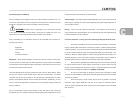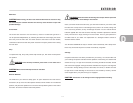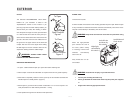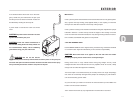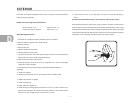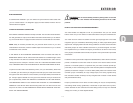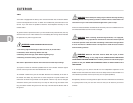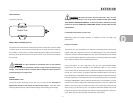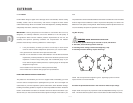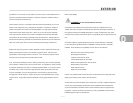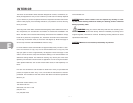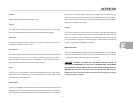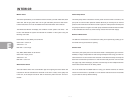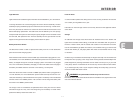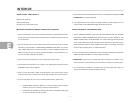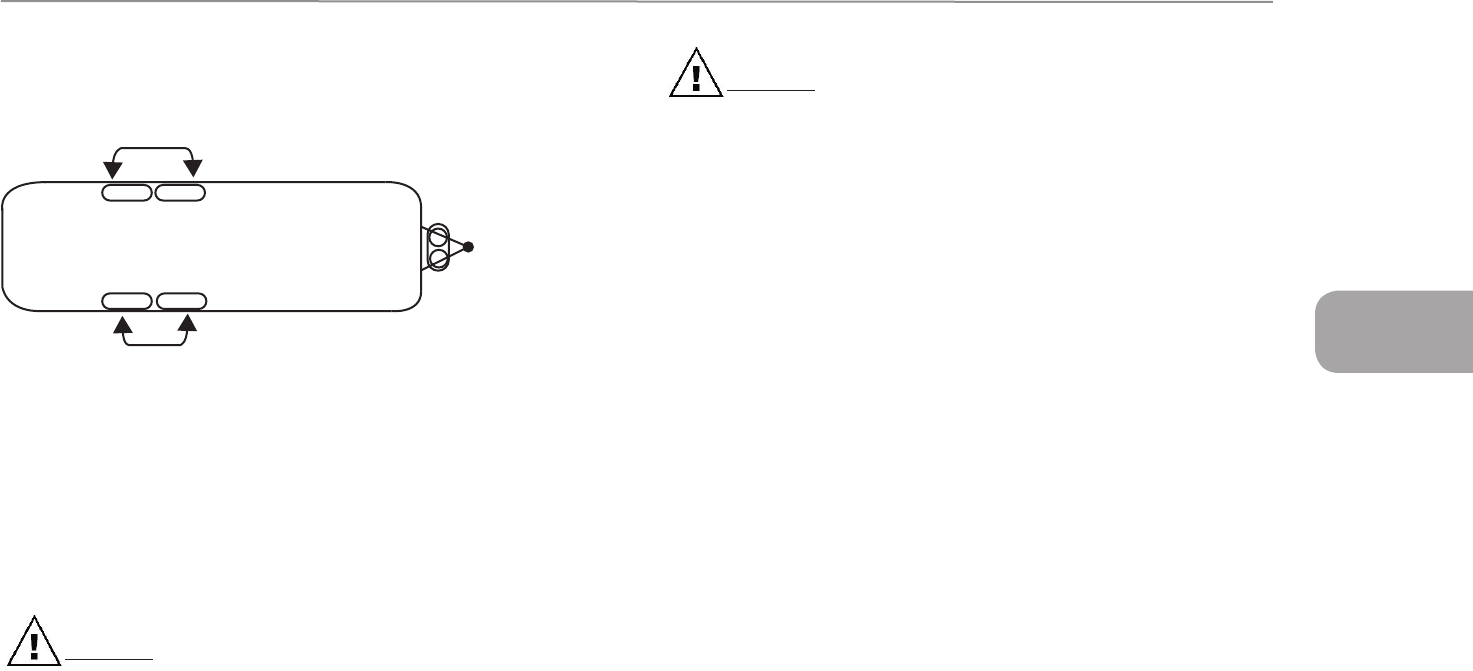
D
D - 8
EXTERIOR
TIRE ROTATION
(10,000-mile intervals)
SPARE TIRE & CARRIER (Optional)
The spare tire for Airstreams is stored under the front of the trailer. The front handle
of the tire carrier is a one-inch tube protruding out from under the front A-frame on
the curbside. It is secured by a bracket and bolt along the inside of the A frame rail.
Removing the bolts allows the front on the tire carrier to be lowered and the spare
tire removed.
WARNING: It is also important to periodically check on the tightness
of lug nuts. See Chart in Specification Section in this manual for wheel torque
ratings. Care should he taken at all times when handling the wheel because of
possible damage to its appearance.
NOTICE!
CHECK WHEEL LUGS
On first trip, tighten wheel lugs at start and at 10, 25, and 100 miles. See Chart in
Specification Section in this manual for wheel torque ratings. There after, check
wheel lugs before each trip, after excessive braking, and following winter storage.
WARNING: Whenever the trailer must be lifted with a jack, as when
changing a tire or leveling on very rough terrain, ALWAYS PLACE THE LIFTING
JACK UNDER THE MAIN FRAME RAIL. A label is provided to indicate the proper
position for the jack. NEVER USE STABILIZING JACKS or HITCH JACK TO LIFT
THE TRAILER.
Load/Inflation Information for Your Tires
Maintaining proper tire inflation pressure is essential for both tire safety and
performance.
Proper Tire Inflation
The level of air in your tires affects your vehicle’s overall performance. Not even the
highest quality tire will perform well if it’s not inflated properly. The correct pressure
varies from vehicle to vehicle and depends in part upon driver preference. Each vehicle
has a maximum inflation pressure, usually found on a metal tag riveted to the outside
of the vehicle as well as on the original equipment tires.
Correct tire inflation is a key component in tire care. The recommended inflation
pressures for your tires are indicated on the certification label or in your owner’s
manual. Since RVs can be loaded with many different configurations, the load on each
tire will vary. For this reason, air pressure should be checked based on the load on
each individual tire. Cold Inflation Pressure should be adjusted to handle the maximum
tire load, and all tires on the axle should carry the same inflation pressure. COLD TIRE
INFLATION PRESSURE is the tire pressure checked in the morning before you drive
more than a few miles or before rising ambient temperatures or the sun’s radiant heat
affects it. Check your tires’ air pressures at least once a month, before each trip and
each morning you drive during a trip. Tire pressure should be checked cold, as tire
pressure ratings have been designed with typical running heat/pressure build-up in
mind. Make sure the valves and caps are free of dirt and moisture.
Radial Tires



